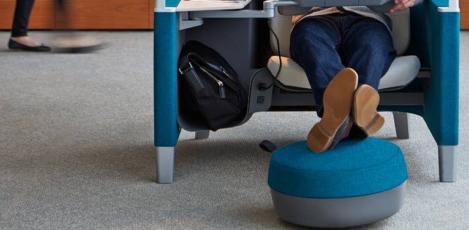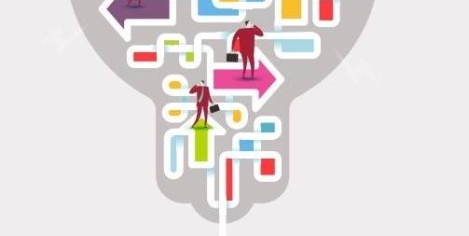July 6, 2017
Digital workplace accelerates blurring of lines between IT, HR and finance roles 0
 To help ‘organisations thrive in a competitive digital marketplace’, Oracle and the MIT Technology Review have released a new study that highlights the importance of collaboration between finance and human resources (HR) teams with a unified cloud. The study, Finance and HR: The Cloud’s New Power Partnership, outlines how a ‘holistic view into finance and HR information’, delivered via cloud technology, empowers organisations to better manage continuous change in the workplace. Based on a global survey of 700 C-level executives and finance, HR, and IT managers, the study claims that a shared finance and HR cloud system is a critical component of successful transformation initiatives.
To help ‘organisations thrive in a competitive digital marketplace’, Oracle and the MIT Technology Review have released a new study that highlights the importance of collaboration between finance and human resources (HR) teams with a unified cloud. The study, Finance and HR: The Cloud’s New Power Partnership, outlines how a ‘holistic view into finance and HR information’, delivered via cloud technology, empowers organisations to better manage continuous change in the workplace. Based on a global survey of 700 C-level executives and finance, HR, and IT managers, the study claims that a shared finance and HR cloud system is a critical component of successful transformation initiatives.



































